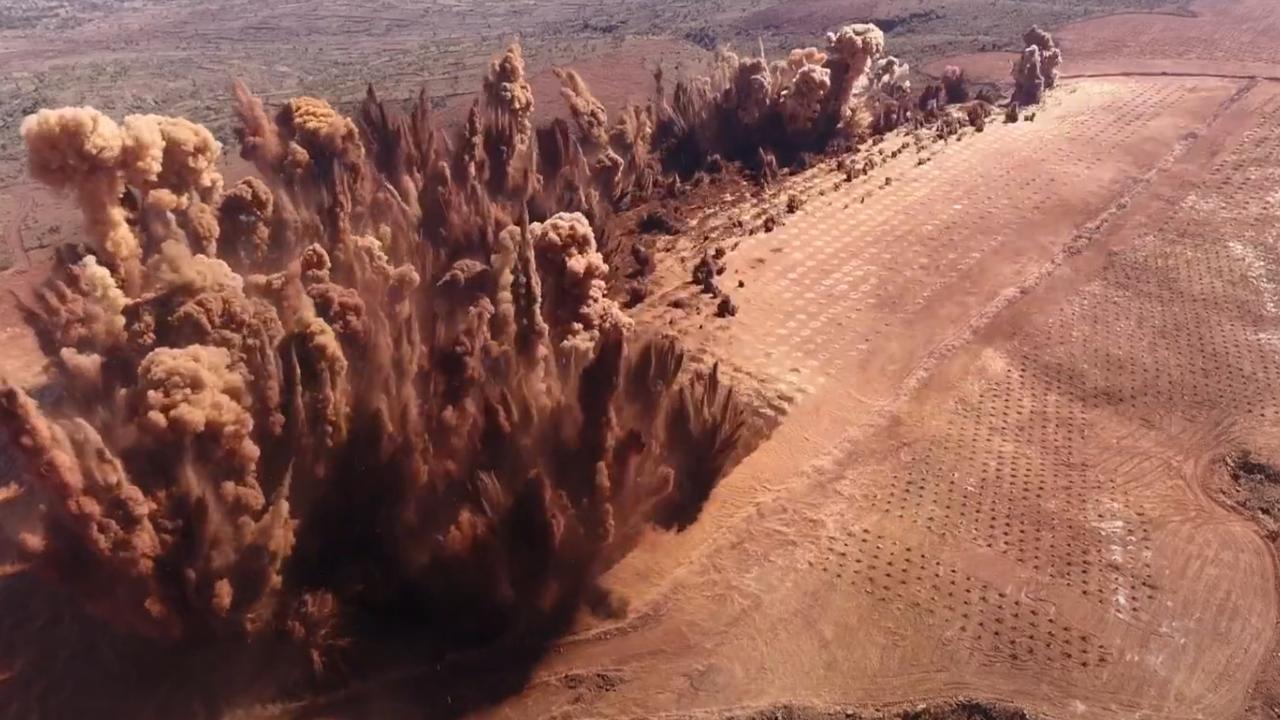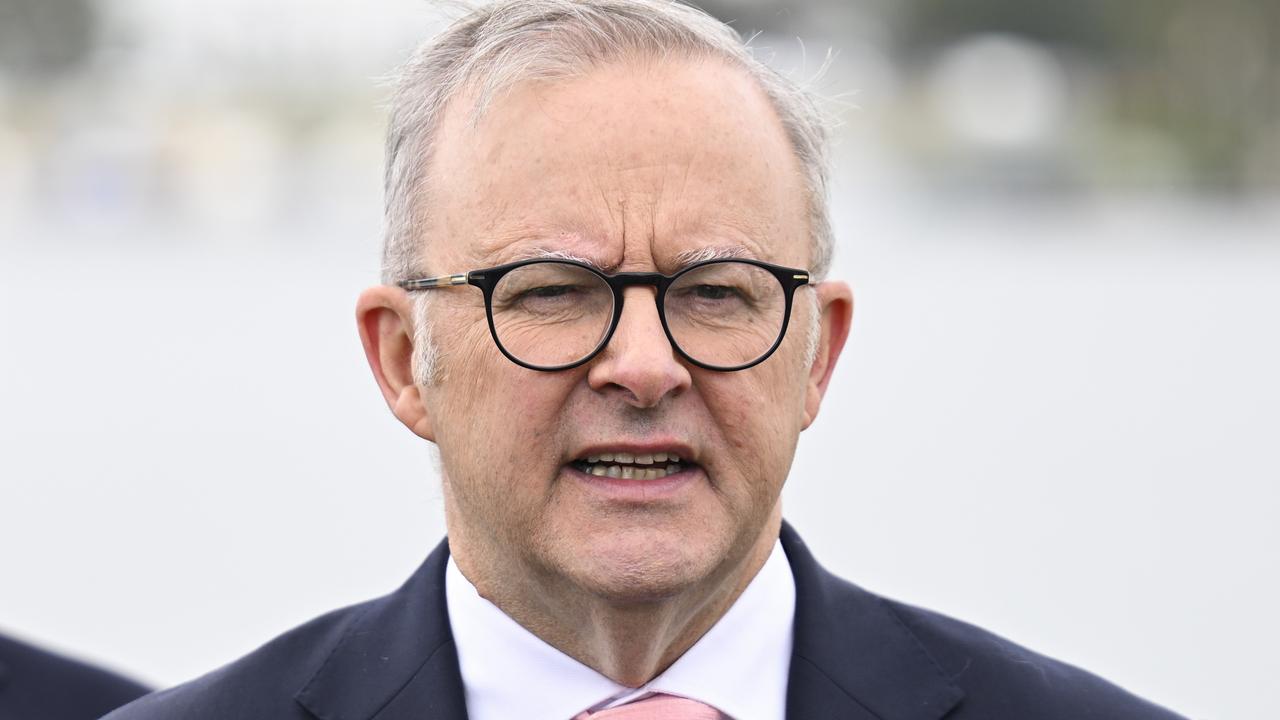‘Panic-shift’: RBA rate call not what it seems
Predictions for imminent rate hikes have sent struggling Australians into a spin but the RBA’s next move isn’t that simple.

Interest Rates
Don't miss out on the headlines from Interest Rates. Followed categories will be added to My News.
ANALYSIS
As the saying goes, markets can stay irrational longer than you can stay solvent.
After a nasty Q1 inflation report, Australian inflation rate futures have panic-shifted from rate cuts beginning in September to imminent rate hikes.
Don’t panic is the better advice here.
Q1 inflation was undoubtedly sticky, but it followed weak Q4 inflation, and the previous RBA forecast track is still intact:
Moreover, there are several reasons why the RBA can still be confident that its forecast track is roughly correct.
First and foremost, the stickiest area of inflation is in services, particularly those exposed to rapid population growth.
Traditionally, service inflation has a strong relationship with wage growth. So far, official statistics on unemployment and wage growth are robust.
However, pressing questions remain about the timeliness and accuracy of ABS data. ABS unemployment lags by four months, and wage inflation by even more. Statisticians across the Western world are struggling to measure the impact of unprecedented rates of immigration-led population growth.
Real-time private indicators show that the labour market and wages have dramatically loosened, and the ABS data has a lot of catching up to do:
Second, housing is the largest inflationary bugbear in the Consumer Price Index (CPI). Construction, utilities, and rents comprise more than 20 per cent of the CPI.
Budget subsidies have masked the Albanese government’s energy shock, so the RBA’s utility inflation is now fixed.
The main driver remaining is rents and construction costs, driven, again, by population growth.
Indeed, without these components, the CPI is already back in the 2-3 per cent RBA range, and the bank would be cutting rates:
Arguably, the RBA can do more to suppress inflation by cutting rates to boost house prices and trigger a greater supply response in construction.
As well, like the wider service inflation basket, rents are constrained by wage growth, so rental growth should also top out soon.
Finally, the Albanese government appears to have belatedly realised that it has overdone population growth and is rapidly cutting numbers to aid the RBA, most notably via sliding student visa approvals.
As the nation’s best macro team at Commonwealth Bank said this week:
“Monetary and fiscal policy are working in tandem. But incredibly strong net overseas immigration has put upward pressure on some components of the CPI basket.
This has made the RBA’s task of returning inflation to target more difficult.”
The RBA will be slower to cut, but doing a hard pivot back to hikes would be to panic.
David Llewellyn-Smith is Chief Strategist at the MB Fund and MB Super. David is the founding publisher and editor of MacroBusiness and was the founding publisher and global economy editor of The Diplomat, the Asia Pacific’s leading geopolitics and economics portal. He is the co-author of The Great Crash of 2008 with Ross Garnaut and was the editor of the second Garnaut Climate Change Review.
Originally published as ‘Panic-shift’: RBA rate call not what it seems




